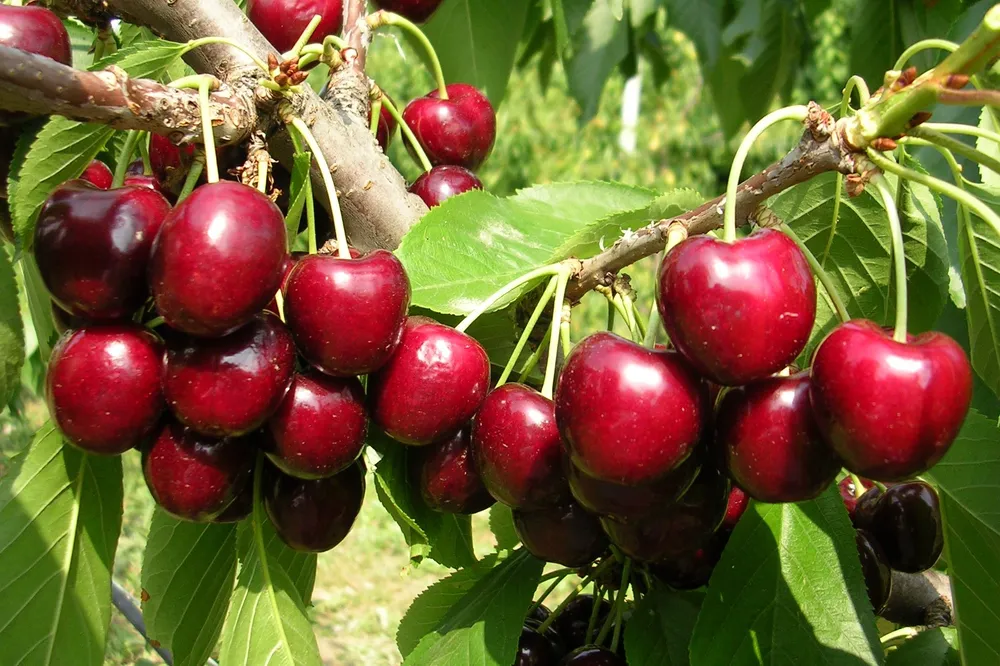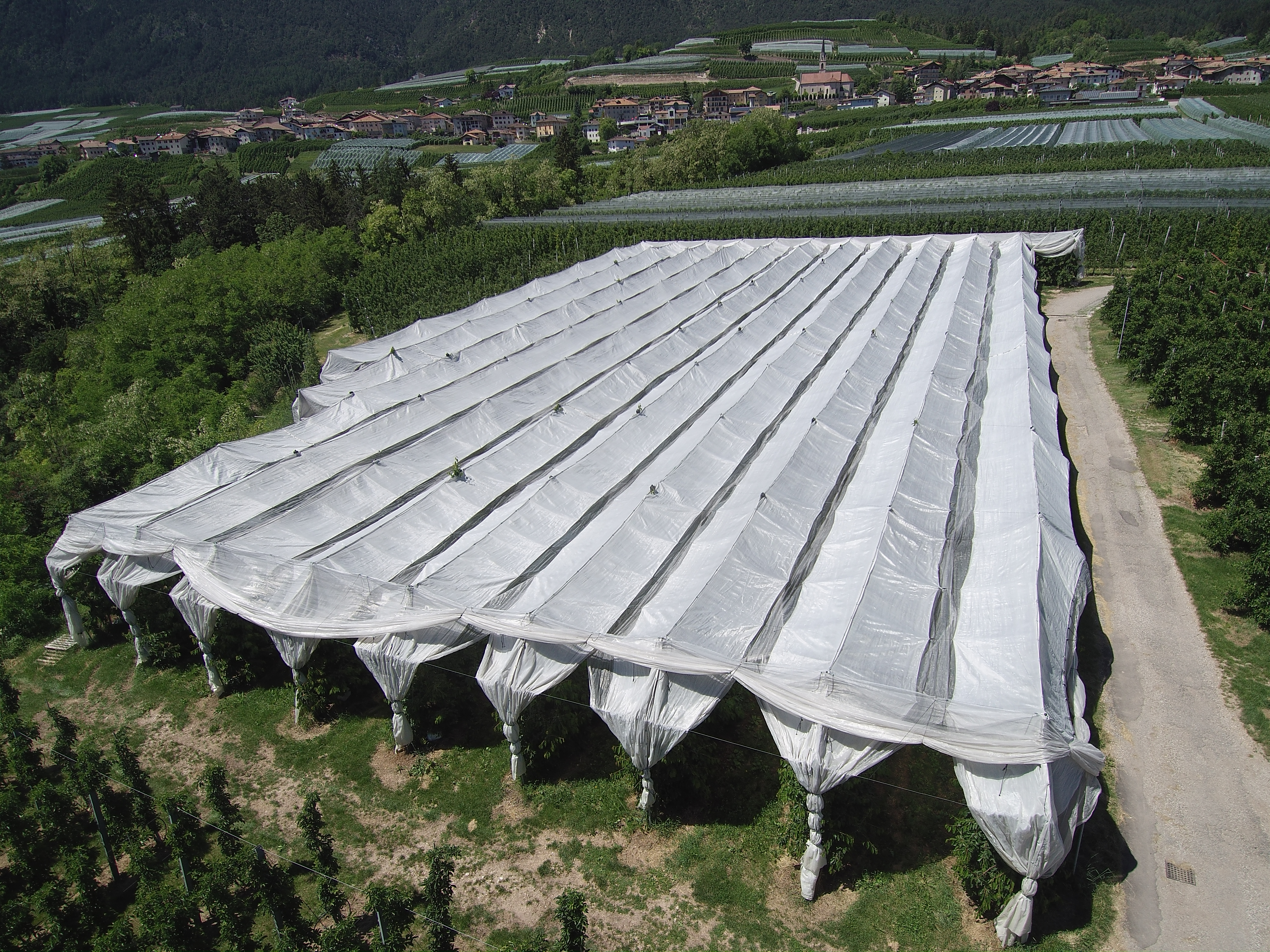The choice of rootstock is one of the most strategic agronomic decisions during orchard establishment in modern sweet cherry cultivation. In fact, rootstocks directly affect vigor, productivity, fruit quality and, as shown by a recent study conducted in Turkey, also the fertilization biology.
The study, carried out in a 15-year-old cherry orchard located in the western Mediterranean region of Turkey (Atabey District), evaluated the effects of five rootstocks: “Mazzard”, Prunus mahaleb, “Gisela 5”, “MaxMa 14” and “MaxMa 60”, on the “0900 Ziraat” cultivar. The research focused on phenological aspects, floral biometry, pollen characteristics and pomological traits of the fruit.
Vegetative rootstocks and phenology
The two-year study showed that vegetative rootstocks (“Gisela 5”, “MaxMa 14” and “MaxMa 60”) advanced phenological phases compared to generative rootstocks, resulting in a harvest date on average about a week earlier. This trait is particularly beneficial in terms of reducing the risk of late frost damage.
Floral biometry observations revealed that “Gisela 5” led to larger female reproductive organs, while “MaxMa 14” increased petal width and diameter. These traits are closely related to pollinator attractiveness and actual fertility.
Pollen characteristics and pomological traits
In laboratory tests, pollen characteristics confirmed the superior performance of vegetative rootstocks: pollen viability exceeded 97% across all combinations, with “Gisela 5”, “MaxMa 14” and “MaxMa 60” showing the highest germination rates and pollen tube lengths, both key parameters for successful fertilization. Moreover, pollen grains were generally larger in these combinations. Overall, pollen morphology was found to be homogeneous across rootstocks over the years.
From a pomological perspective, differences among rootstocks also translated into notable effects on the fruit. Cherries from trees grafted on “Gisela 5” and “MaxMa 60” achieved the highest fruit weights (up to 8.94 g), with significantly larger sizes compared to those from “Mazzard” and Prunus mahaleb.
Fruit characteristics and implications
Peduncle length also varied, with the longest stalks recorded on “MaxMa 60”, a characteristic that facilitates mechanical harvesting and improves product presentation. Additionally, a correlation was observed between fruit set and fruit weight, suggesting that traits like ovary size and pistil length directly influence commercial yield.
Cluster analysis highlighted a clear distinction between vegetative and generative rootstocks, the former improved both vegetative and reproductive performance, with positive impacts on floral biology and pollen quality. These results underscore the importance of including physiological and reproductive parameters in rootstock evaluations.
Conclusions and future research
In conclusion, the study confirms the relevance of vegetative rootstocks as a key tool for improving reproductive efficiency and final fruit quality, especially for export-oriented varieties like “0900 Ziraat” in Turkey.
Further research should focus on other rootstock–cultivar combinations to provide a more comprehensive picture. Integrating these findings into rootstock technical datasheets can improve agronomic planning and offer a competitive advantage.
Source: Güçlü, S. F. (2025). EHects of DiHerent Rootstocks on Fertilization Biology Parameters in Cherry. Applied Fruit Science, 67(2), 1-10. https://doi.org/10.1007/s10341-025-01305-x
Image source: SL Fruit Service
Andrea Giovannini
University of Bologna (ITA)
Italian Berry - All rights reserved












